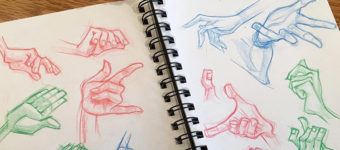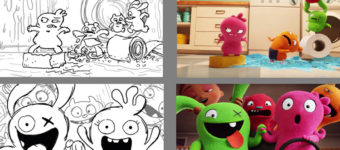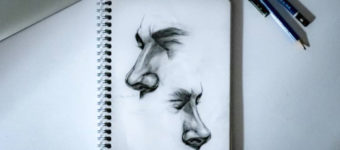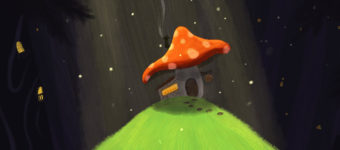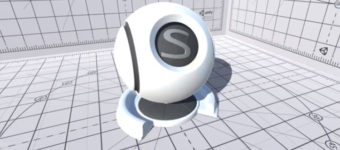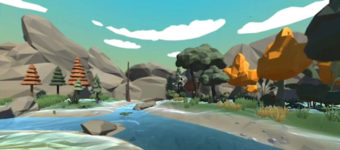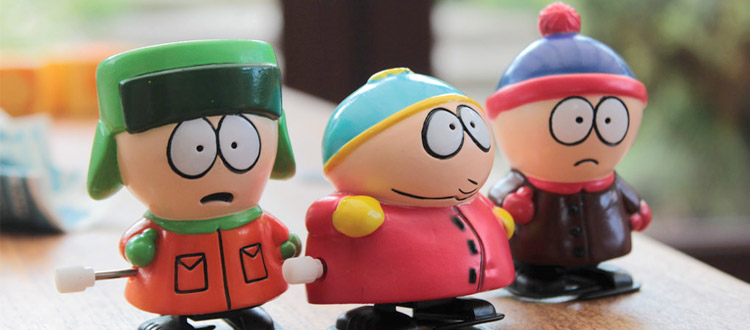
Interview With South Park Animator Edgar Tellez
Edgar’s animation work speaks volumes on his skills, but his work experience is outright legendary.
Working on South Park since 2006, Edgar’s career in the entertainment industry spans well over a decade with a focus on character animation. And much like other artists in the industry he’s got an incredible story to share.
In this Q&A you’ll learn about Edgar’s early artistic studies, how he got into animation, and what it’s like working at South Park Studios.
To learn a bit more you can visit his website and Instagram both teeming with incredible artwork.
What’s your history with art & animation? When did you first start & when did you take animation seriously as a career?
My dad is a painter and it was from him that his four sons(I being the youngest) were influenced and exposed to art from the beginning.
After we migrated to the US from Nicaragua my oldest brother, Norland Tellez, attended Cal Arts. Through my brother I was exposed to the world of animation.
In high School I attended California Summer School for the Arts at Cal Arts and made my first animation short. From there I began to take animation seriously.
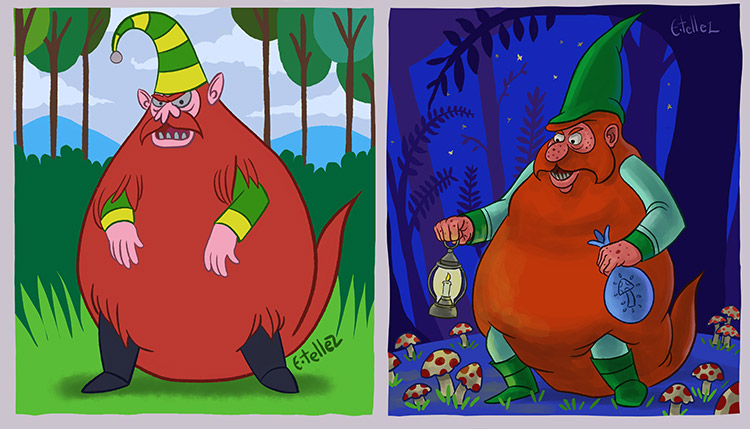
Can you share a little on your educational background? And how much do you think college is required nowadays to land a job in the industry?
I went to Otis College of Art and Design for 1 year and then transferred to the University of South Carolina Aiken to experience another part of the country.
At USCA I completed my G.E classes and then transferred to California State University Fullerton to concentrate on animation.
I think College definitely helps in acquiring a job so long as the University has the resources, technology, and staff.
That being said, online schools such as Animation Mentor, Schoolism, CGMA, and even Youtube have carved another route to working in animation.
So long as one is dedicated and passionate about animation then college or online will both help in that goal.
How much does a digital animator need to practice life drawing? Is it even useful for aspiring 3D animators to attend traditional life drawing classes?
Life drawing is an essential part of animation.
It is essential because it teaches us about form, anatomy, gestures, exaggeration, line of action, and storytelling poses that all translates over to 3D animation.
At South Park I’m constantly looking at my poses and asking if they read clearly. Is the gesture interesting and how can it be pushed?
My advice to aspiring 3D character animators is to carry a sketchbook, keep observing and drawing from life because the same principles apply when posing your characters in 3D.

How did you first land a gig working at South Park & what was it like working on your first season?
I applied to an online job post and was interviewed followed by a training period where I was offered the position.
My first season was surreal and overwhelming.
There was a lot to learn and assimilate such as the animation style, pipeline, workflow and speed of the production. It was intense but also fun and exciting.
The first episode I worked on was “Make Love, Not Warcraft.” That episode won an Emmy and I went to the Comedy Central Emmy after party where I met William Shatner and Jon Stewart. It was so much fun.
When the show’s in production how many hours do you typically work in a week? Is there any sort of schedule or is the team working almost nonstop?
We do an episode a week which, you can imagine, is quite an achievement and unheard of for an animated show.
Every department works hard.
Writing begins on Thursday and 6 days later the show airs on Wednesday! A lot happens in those days; the script, art and animation goes through many changes.
For example whole animated scenes could be cut, rewritten, added, and reanimated right till the very end. Like Matt and Trey have said before, the show is like SNL where we don’t know what the episode for that week will be.
I think that’s what keeps the show fresh and topical.
It even allows for the recreation of art down to the last detail in incredible time.
For example, former President Obama was elected on Tuesday Nov 8, 2008. The episode “Obama Wins” aired the following day and included the like for like background of Obama’s victory speech, right down to the lady with flag in hair.
Details such as these are not possible in any other prime time animated show.
I also recommend watching “The Making of South Park: 6 Days to Air” on Amazon which shows what goes into making an episode. It’s a great watch!
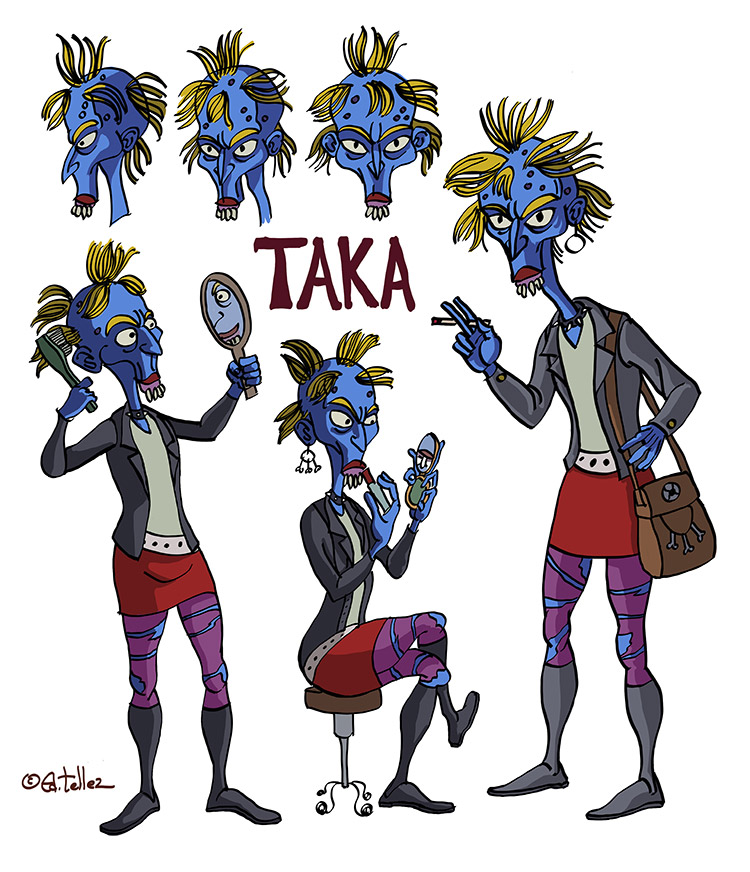
Can you share your day-to-day workflow when you’re in the studio?
I am a character animator; I animate all day.
In general my process consists of;
1) receiving and checking the storyboards/animatics and notes on my assigned shots and scenes.
2) Double checking with my lead animator and listening to his feedback/direction of what Trey is looking for(how it can be funny, what to exaggerate, character motivation, nuances, sub text).
3) I review my animation, submit and await the retake notes.
4) If my shot has a retake, I follow the notes to adjust/alter/scrap or combination of all and resubmit.
5) If more retakes follow then I repeat steps 2-4 until the shot is approved. It really depends on the complexity/particularity of the shot, sometimes the shot is approved on the first take, other times it goes through several retakes.
In addition I’m working with other animators on different scenes and we exchange notes on continuity to make sure our shots match and cut right.
This is done especially when we have massive crowd shots where characters are partying/rioting/cheering/fighting or when there is a food scene where we have to keep track of the food they have or have not eaten.
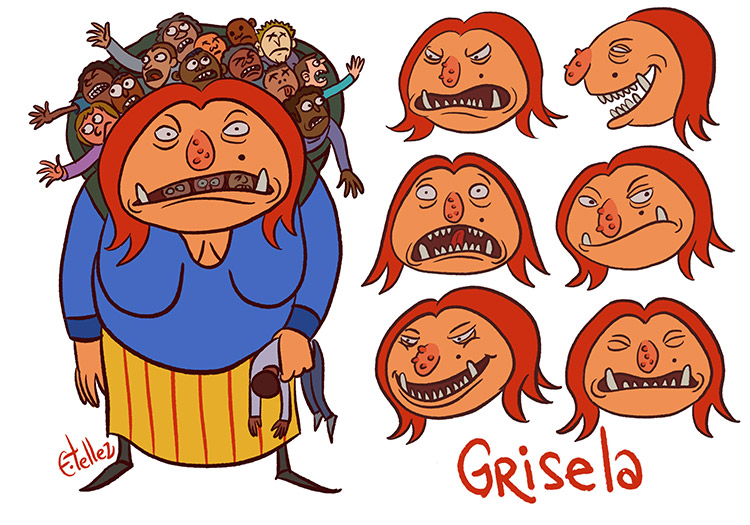
You also helped with the South Park video games which are awesome. How does your workflow change for video game animation vs working on the show?
Luckily my workflow didn’t change.
I primarily worked on the cinematic cut scenes which were done in-house whereas the game play was done at Ubisoft San Francisco. It was just like working on the show.
The brilliance of Matt and Trey is that they wrote the video game to feel like an actual South Park episode.
For the first time you can become a character within the South Park universe. They have raised the bar again because I don’t think any other TV show to video game crossover has ever gotten that right.
On the first video game “South Park: Stick of Truth” I had to animate Randy being anally probed on board an alien ship.
The player has to play a mini game to free Randy but each time the player did something wrong Randy would get shafted, it’s hilarious.
Any funny stories or anecdotes you can share about working with Matt, Trey & the crew?
The studio is really a fun place to work. Sometimes you get star struck when the odd celebrity comes in to do voice work like Elon Musk for “Members Only” or Josh Gad for “Hummels and Heroin.”
Seeing Bill Hader in the studio is also a kick because he’s just so funny.
When the “Book Of Mormon” cast came to visit and hung out with us was another memorable time.
Every day is filled with surprises!
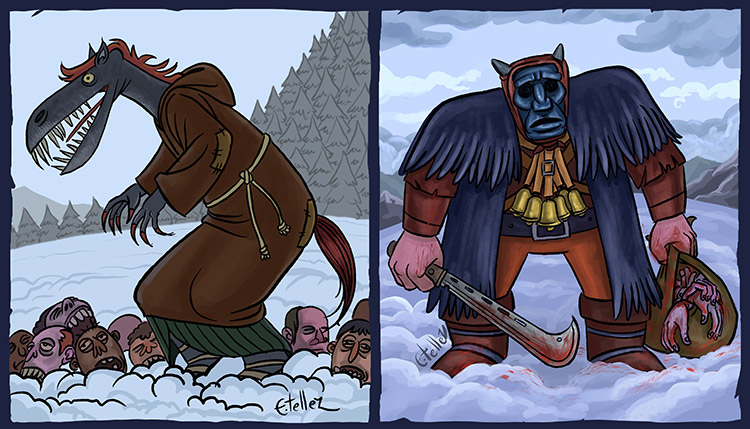
In your opinion, how crucial is it to know the right people to land animation jobs in Hollywood? Is it mostly dumb luck or do you really need to connect with the right people?
Knowing people definitely helps because they can connect you to the right channels.
However, if your work isn’t solid then it will not matter.
When South Park hired me I didn’t know anyone at the studio, but there was something in my work that they liked. I think first and foremost it’s the work that really matters, but you can’t sit and wait for people to call you.
One has to be proactive and network. Attend Siggraph, CTN, and other similar events and get to know the people in the industry.
It’s a hustle and you have to hustle to be seen and heard.
The animation community is small and you will run into people again in the future and they will remember you. That’s why you have to stay humble, positive, and continue to strive and work towards your goals.
Learning to accept and listen to criticism is important because this field is filled with talented artists who will inspire and humble you. Timing also plays a key factor because eventually the opportunities will present themselves; your portfolio has to be ready.
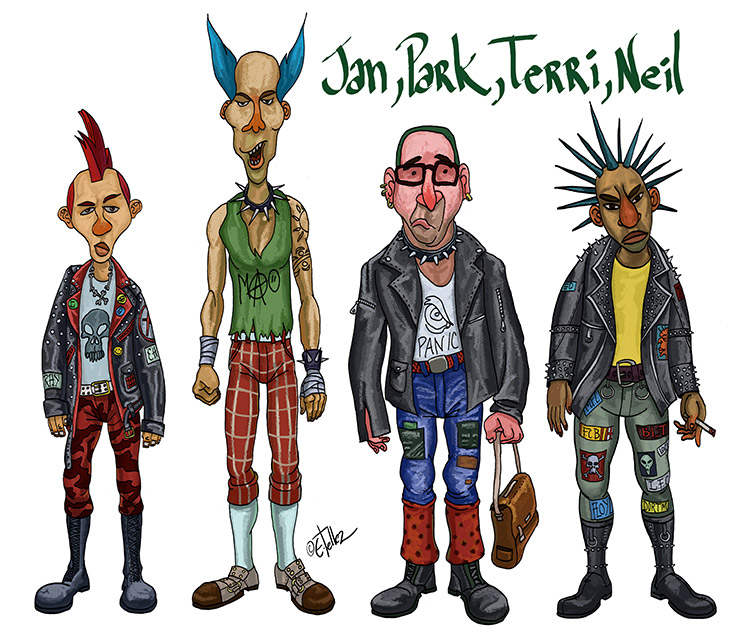
What gives the South Park team such a good “flow”? What allows the team to produce high-quality content going on 20+ years? Is it about the right group of people, or is it the right showrunners or the environment?
It’s definitely a combination of all that and more, a special something.
The crew is fantastic and works like a well-oiled machine with a good mixture of veterans and emerging artist.
Together we form the iron giant of South Park that keeps audiences entertained. All this would not be possible without the imagination, humor and brilliance of Matt and Trey who have made South Park a part of animation history.
I’d like to give a very big “thank you” to Edgar for all of his time. It really is such a great story!
Hopefully you find it as inspiring as I do.
And if you want to keep up with Edgar online you can follow him on Tumblr or keep up with his Instagram posts @regadzie.


